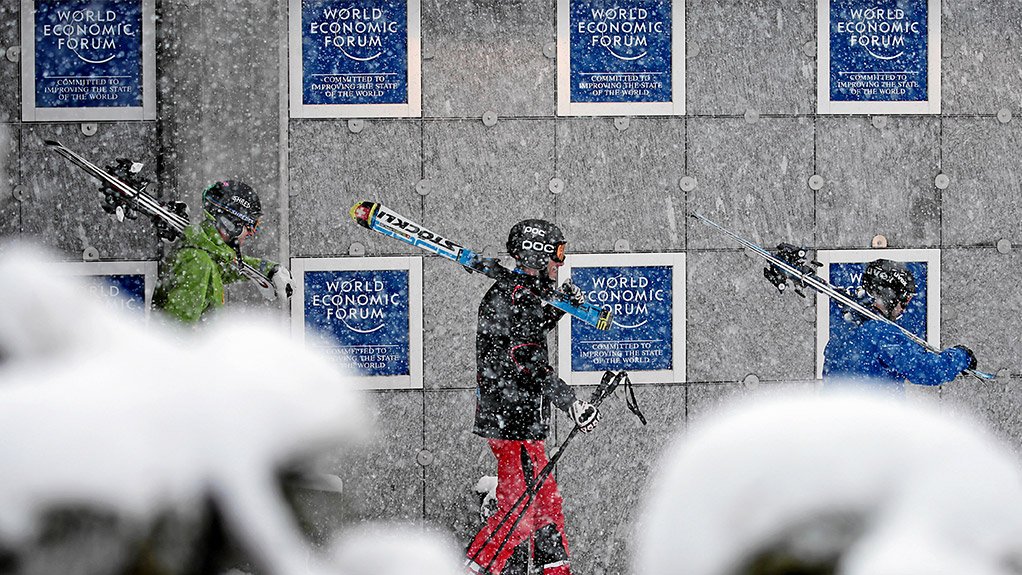The electricity infrastructure was not designed to serve 11-million households, President Jacob Zuma told the World Economic Forum in Davos-Klosters, Switzerland on Wednesday.
"Our electricity infrastructure for example, was never designed to serve an expanded citizenry," he said in a statement prepared for delivery.
"This extension of electricity to more households that had been excluded in the past, coupled with a growing economy, have sharply put pressure on the infrastructure, which needs improved maintenance and expansion."
Zuma said South Africa was currently considering options to increase the available electricity generation capacity and to manage the demand over the next six months in order to reduce the risk of rolling blackouts.
On December 5, Eskom implemented stage three blackouts, but on December 8 Eskom CEO Tshediso Matona denied that Eskom was in crisis.
The power utility implemented stage one of load shedding on January 9, due to high electricity demand and the unavailability of some of its generating units.
Stage one allows for up to 1000MW of the national load to be shed, stage two for up to 2000MW, and stage three for up to 4000MW.
On Thursday, Matona said government shared responsibility with Eskom for the power problems gripping the country and said the country's power supply would remain severely constrained in the coming months while Eskom dealt with its maintenance backlog.
He said maintenance had been neglected in recent years and at times was deferred to keep the lights on. In February 900 megawatts would be taken off the grid when one of Koeberg nuclear power station's units would undergo maintenance.
Zuma said South Africa would build on the success of the renewable energy procurement programme to ensure that the country had a "reliable, flexible, clean and cost-competitive electricity generation mix".
"Apart from the Eskom new build programme at Medupi, Kusile and Ingula, the government has procured 4000 megawatts from the Independent Power Producers. To date 923.18 megawatts have been connected to the national grid."
He said the two bid windows of the renewable energy procurement process attracted more than R82 billion from private investors, with window three expected to draw R51bn at financial close.
"South Africa is also the last frontier country for petroleum development, including off-shore oil and gas as well as shale gas prospects," he said.
"We are also exploring nuclear and coal as part of the energy mix. We are optimistic that the end result of the current challenges will be much improved energy resources for the country."
Speaking on the National Development Plan, Zuma said it was an instrument to help the country achieve its development goals.
He said South Africa committed itself to achieve five percent growth by 2019, which was necessary if the country wanted to create jobs.
The target to attract investments for the year 2013-2014 was R50bn.
"We have achieved an investment pipeline of R60.5bn of potential investment projects, reflecting both domestic and foreign projects," he said.
"This indicates that our country remains an attractive destination for investments. South Africa remains fully open for business."
Zuma said that both domestic and foreign business partners were invited to invest in the South African economy.
Key job drivers were identified in which South Africa wanted to attract investments.
EMAIL THIS ARTICLE SAVE THIS ARTICLE
To subscribe email subscriptions@creamermedia.co.za or click here
To advertise email advertising@creamermedia.co.za or click here











